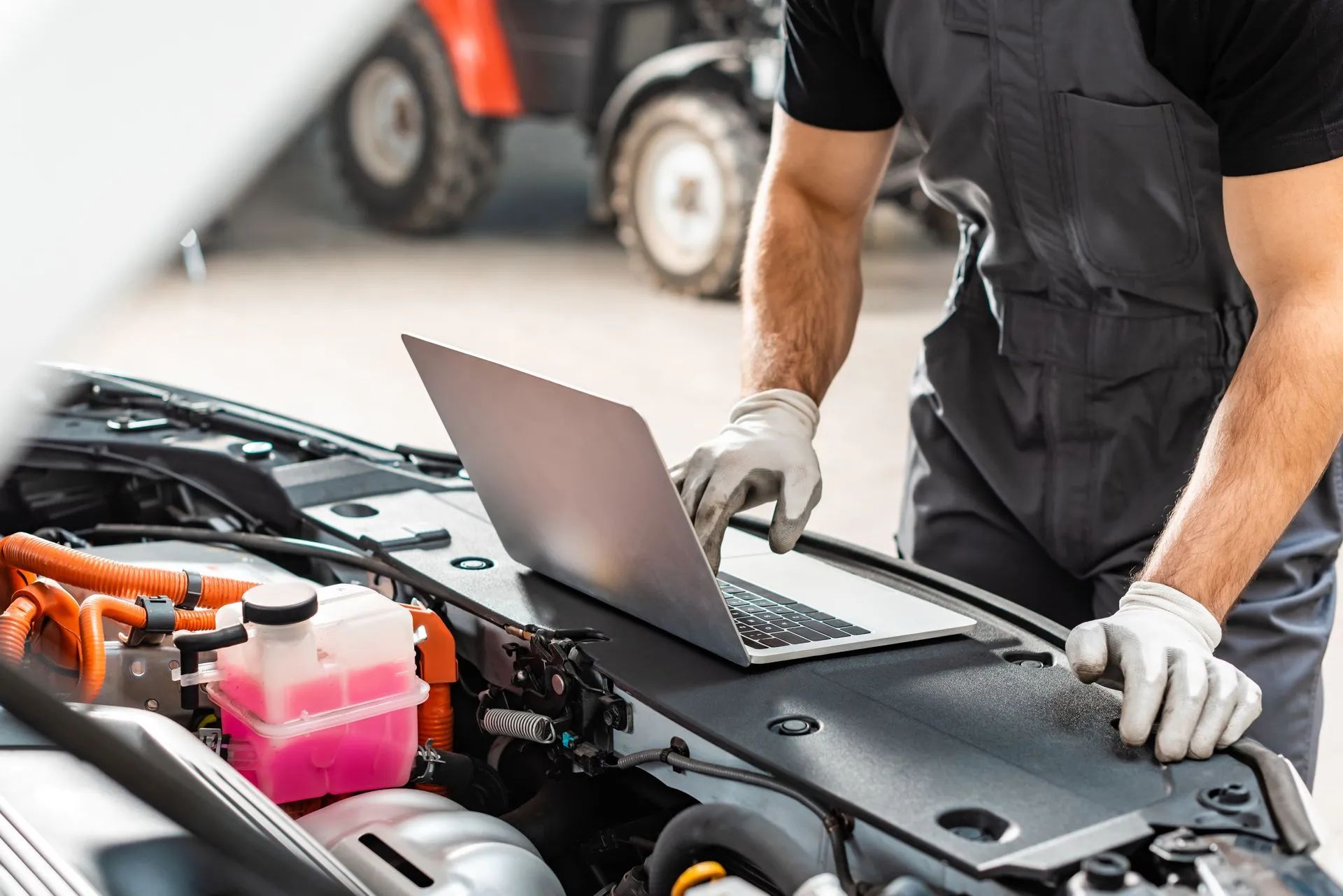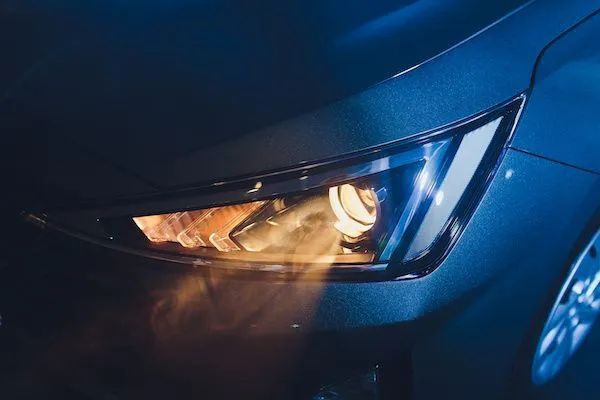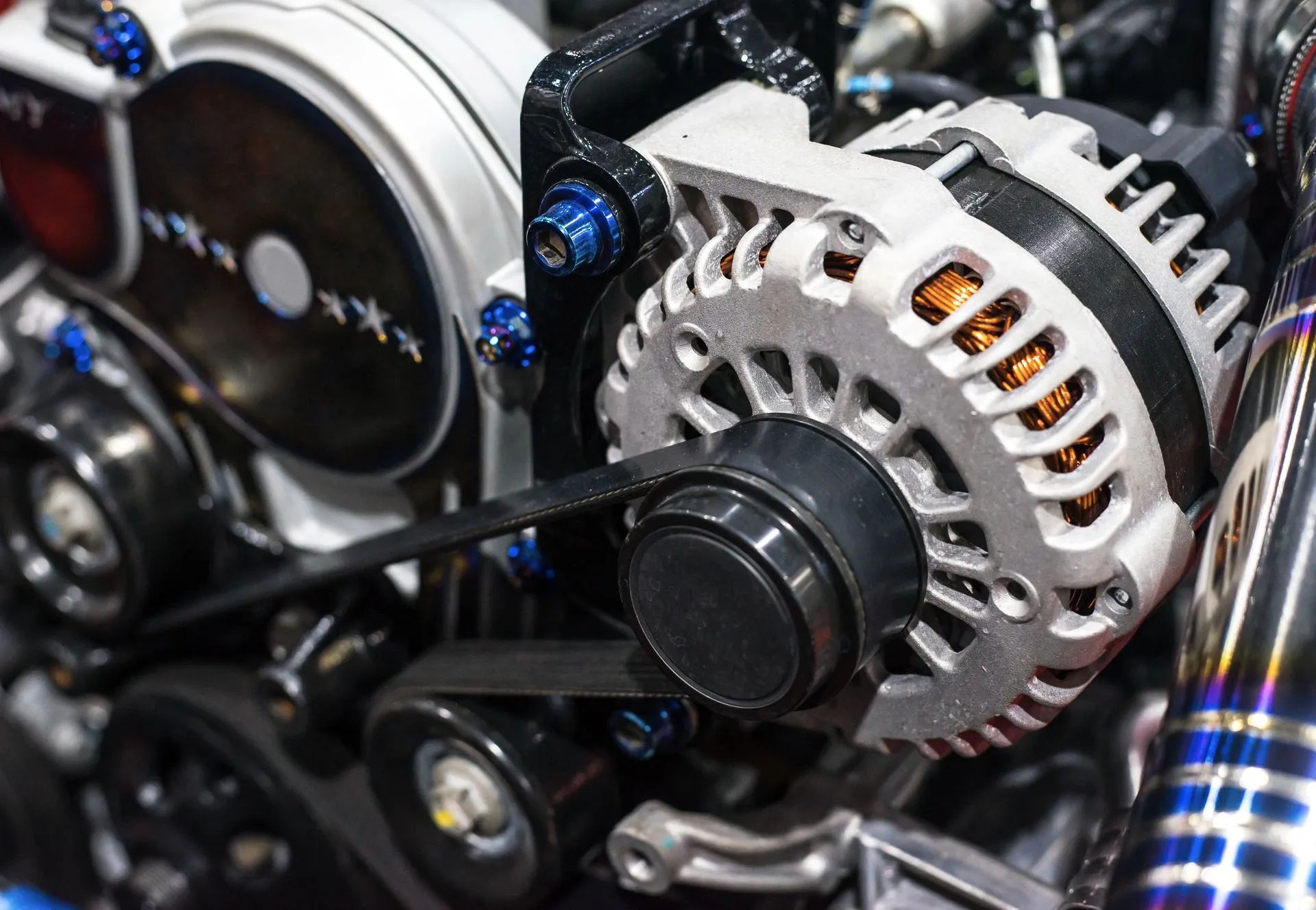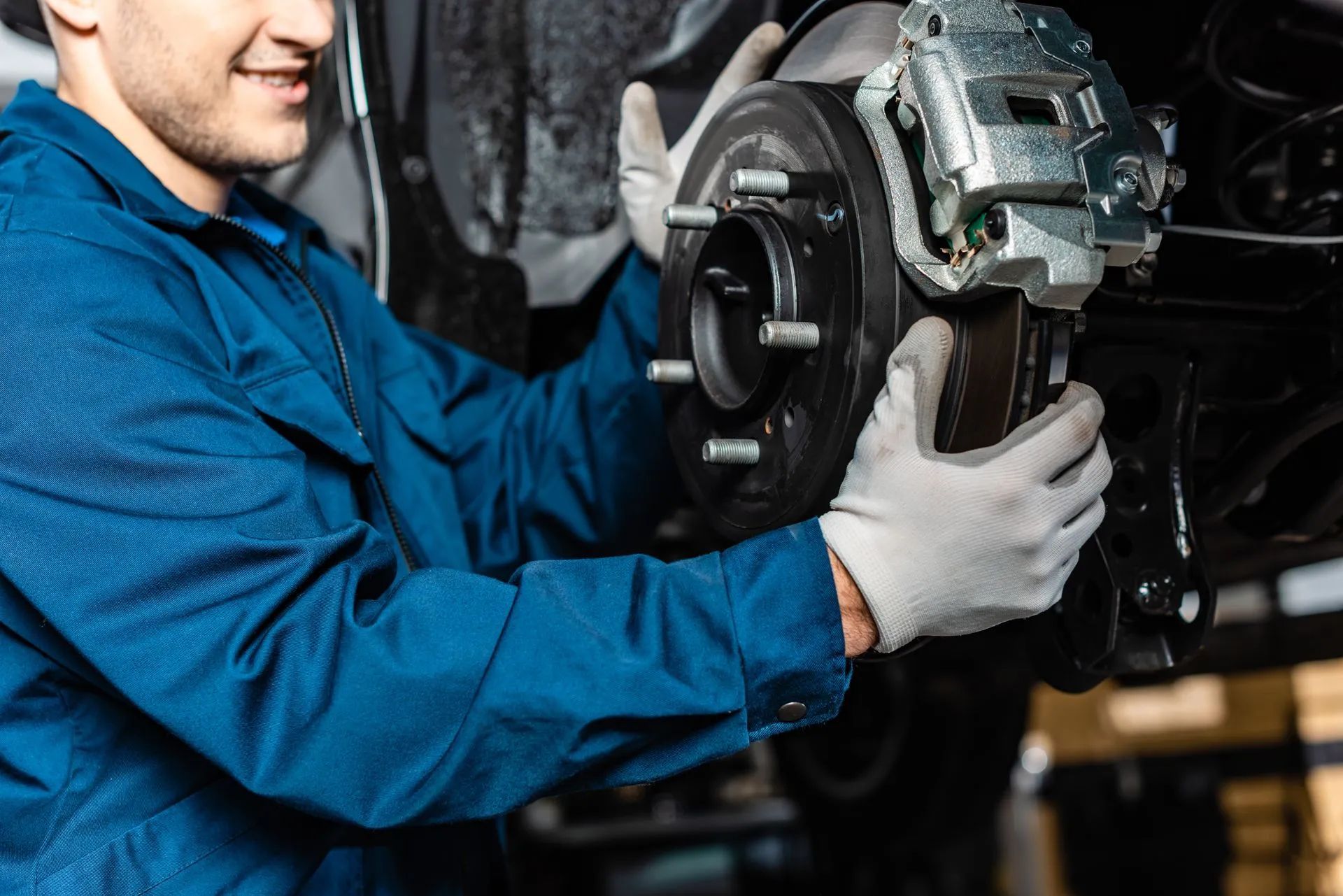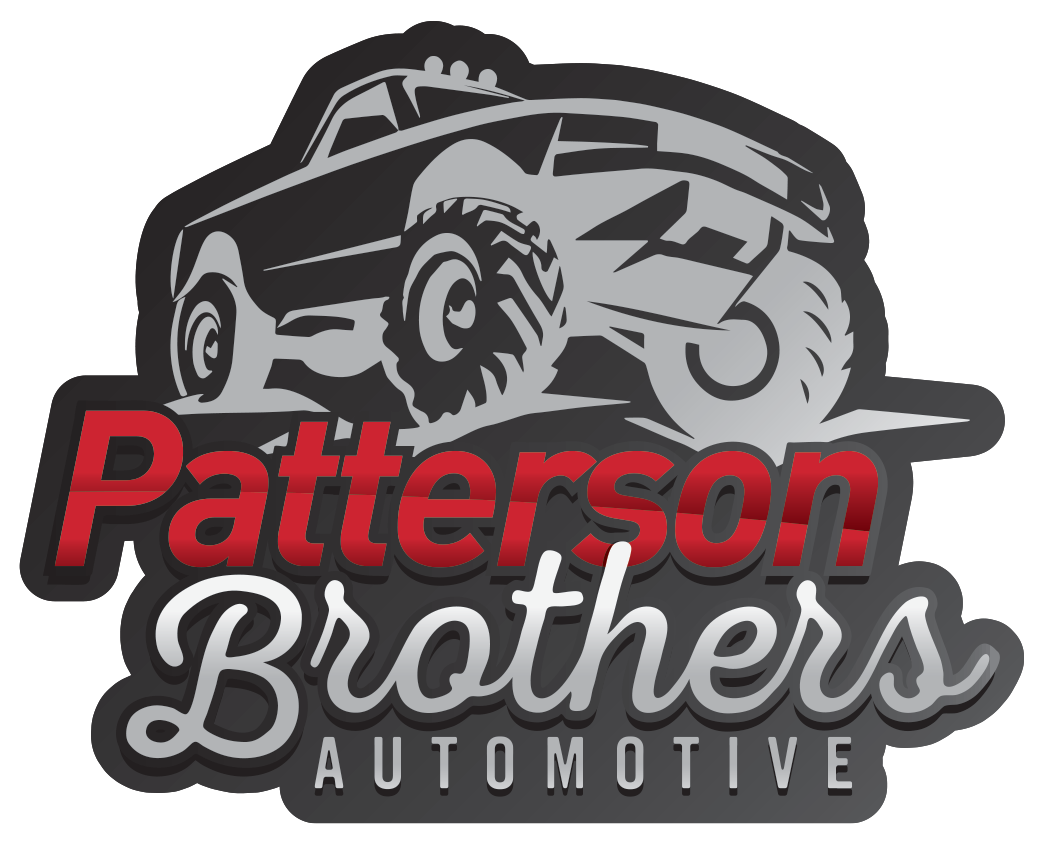There are several reasons why you may want to upgrade your ride.
But before you go tearing things up, you should go look at your warranty.
And don't just look at it, read the fine print.
You know, the stuff they hope you won't actually read.
It's most important before you move forward to see exactly what could void any warranty.
This is especially true for those of you who are leasing your vehicle.
Unless you're planning on buying it out at the end of your term, save for a few cosmetic things you can do, then you need to accept that you're stuck with it like it is.
Sort of.
Now, this next statement may be a little ego hit for those of you that 'can do it yourself', because I'm about to highly recommend that when you are ready to upgrade, you take it to a professional.
Let someone else be responsible if something happens, because a faulty install of just about anything could be a warranty deal breaker.
OEM parts are encouraged as well but, where's the fun in that???
Let's get into some of the modifications you can most likely get away with and not affect the, "W"-word.
Nothing gets a vehicle to stand out more than a body kit. Even the window rain guards can make the biggest difference in appearance.
There are some awesome body kits that you can get specifically for your make and model and don't be afraid to use some color.
The beauty of these kits are, if you sell, the next owner can easily pop them off.
In addition to a body kit, a set of wheels can scream originality.
They light up. They spin. They are always noticeable and can be a show stopper if you really have an eclectic vision.
Next, let's talk about getting attention. Aftermarket lighting can be one way to make sure everyone sees you.
Especially when you need to see or be seen.
The first thing that pops into my head when I think about lighting is typically a Jeep with the light bar on top.
Stop right there.
Have you seen the halo DRL's and the wide array of choices you have with them?
Mine personally, are pink. But I've seen purple, yellow, stark white and green. Of course, red and blue are not suggested, obviously.
And not just on Jeeps. The new Bronco's have choices, and look pretty bad ass. Sports cars and diesel trucks can pull it off too.
You could also match the fog lights to them as well, and I'm sure y'all have seen the undercarriage LED's. The possibilities are endless.
Now, how about a performance piece? You know the one. You get better 0-60 times, better MPG and the sound of thunder. Yes, exhaust mods.
Of course you want to still be EPA compliant (giggle), so this one can be a bit tricky.
Straight pipes and deletions are not recommended. That's a big one that can cost you so much more when you have to take it out and redo it because you decided to drive through California.
As long as you remember the words, "CAT-BACK", you'll be just fine.
How low can you go? How high can you get?
When it comes to lift kits, just don't be too 'extra', and you can do quite a bit. Sometimes being a niche isn't always appealing for resale. But, the opposite stands true as well. Try not to alter the suspension geometry beyond factory specifications.
Suspension is also something that you can get away with.
High quality suspension upgrades could actually be more than a good thing too. No one ever complains about a smooth ride.
And of course, there's all the interior accessories!
You can pretty much use all of your imagination in this arena.
Just don't make your dashboard into a trebuchet. What that means is, DON'T BEDAZZLE THINGS THAT ARE DESIGNED TO EXPLODE!
I've seen gardens in the spot over and on the glovebox and I've seen stones glued all over the steering wheel .
Honestly, it's not pretty - it's just pretty dangerous.
Wow, I've been wanting to say that for years. (sigh)
I personally love getting into a vehicle that has upgraded floor mats and dash covers, seat covers and little color pops all over and is clean and smells delicious.
Can't deny it makes you want to go clean out your own car. Maybe that stray fry finally needs a new home.
More than anything, have fun with your vehicle. Even if you hate it, but it gets you from point A to B, you can still customize it a bit.
And if you don't have a warranty well - thank you for reading this and go nuts!!
~Wendy LaBree, Patterson Custom Diesel/Patterson Brothers Automotive
